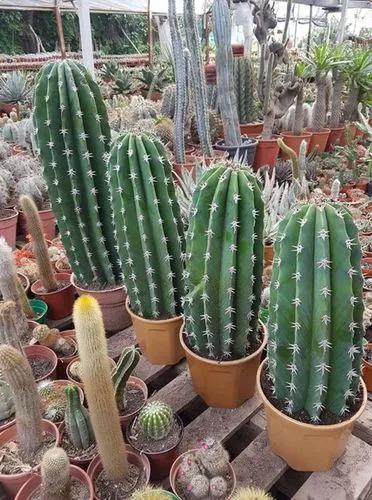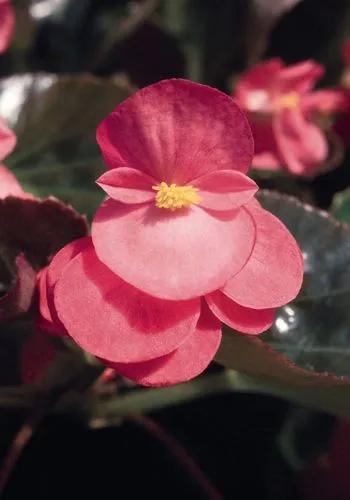Fishbone Cactus is a distinctive and charming addition to your home or garden. In late spring and early summer, it graces your space with exquisite white flowers and a delightful fragrance. With some tender care, this plant will reward you with its lovely blooms, adding an exciting touch to your surroundings.
Fishbone Cactus Care
Epiphyllum anguliger



Meet the captivating Fishbone Cactus, scientifically known as Epiphyllum anguliger. It's a captivating presence in your home or garden. Despite its name, this plant isn't a cactus at all; it's an epiphyte, meaning it thrives by growing on other plants rather than in soil. Its claim to fame is its distinctive zigzag-shaped stems, resembling the bones of a fish. Look for these unique, spine-covered stems, which can reach up to 5 inches (12.5 cm) in length and come in light green or yellowish-green hues. It also boasts dainty white flowers that bloom briefly.
How to Care for the Plant

Water

Master the "soak and dry" technique. Water your plant until the potting mix is thoroughly saturated, then wait for the soil to dry out before watering again. Overwatering is a no-go, so never allow your cactus to sit in water.

Pruning

While not essential, pruning a Fishbone Cactus can help it stay the size and shape you want. It is necessary to use sharp, sterilized shears or scissors when pruning and to avoid cutting too close to the stem.

Fertilizer

During its active growth period, provide a balanced 10-10-10 fertilizer every two weeks, diluted to half the recommended strength, and apply it to the soil.

Sunlight

The Fishbone Cactus prefers indirect, bright light. Find a spot with at least 8 hours of indirect sunlight daily. If the plant does not receive sufficient light, it will become lanky, and its leaves will turn yellow.

Soil

This plant craves soil that drains well and drains quickly. A blend of 60% potting soil, 20% peat moss, and 20% perlite or coarse sand is the recipe for success. Ensure the soil's pH falls between 6 and 6.5.

Propagation

You may propagate the cactus through cuttings or division. It is necessary to take cuttings from the tips of stems and place them in potting soil. Keep the cuttings moist and warm until the roots start to grow.

Temperature

Maintain a temperature between 61-77°F (16-25°C) for this cactus, but it can tolerate dips to around 50°F (10°C) during winter. As for the USDA zones, the cactus is picky because it favors almost exclusively 10-11.

Container

When cultivating the Fishbone Cactus, your choice of container does matter. Opt for a container with proper drainage holes. Make sure it's twice as wide as the plant itself and filled with well-draining potting mix.

Fun fact

Don't be surprised if you hear this charming plant referred to as the Angel Wing Cactus or Zig Zag Cactus.

Popularity

1,094 people already have this plant 317 people have added this plant to their wishlists
Discover more plants with the list below
Popular articles






